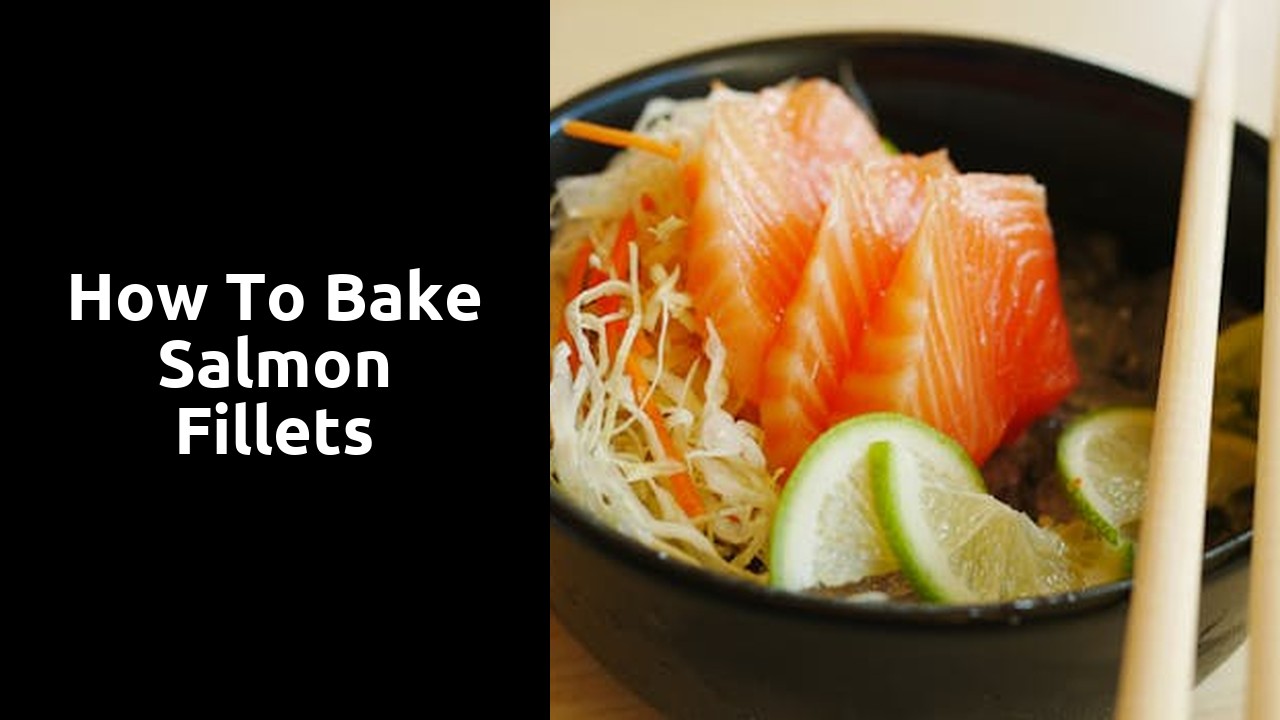How to Bake Salmon Fillets

Serving Suggestions for Salmon Fillets
When it comes to how to serve your perfectly baked salmon fillets, there are numerous delicious options to consider. One classic way to enjoy salmon is by pairing it with a fresh and zesty lemon-dill sauce. The citrusy tang of the lemon complements the rich flavour of the salmon beautifully, while the aromatic dill adds a refreshing twist to the dish.
Another fantastic way to serve your salmon fillets is by topping them with a flavourful mango salsa. The sweet and juicy mango chunks combined with spicy jalapeños, tangy lime juice, and fresh cilantro create a mouth-watering topping that elevates the salmon to a whole new level of deliciousness. Serve your salmon with a side of fluffy jasmine rice or a light green salad for a balanced and satisfying meal.
Pairing with Complementary Side Dishes
When serving salmon fillets, it is essential to choose side dishes that complement the rich and delicate flavour of the fish. Opt for light and fresh accompaniments that enhance the natural taste of the salmon without overpowering it. A simple mixed green salad dressed with a zesty vinaigrette or steamed asparagus with a sprinkle of lemon juice can be excellent choices to pair with salmon fillets.
Furthermore, consider adding some grains like quinoa or couscous to create a well-rounded meal. The nuttiness of these grains can add a delightful texture to your dish and serve as a satisfying base for the salmon. Roasted vegetables such as cherry tomatoes, bell peppers, or courgettes can also be delightful additions, bringing a burst of colour and flavour to your plate. Choose side dishes that are light, fresh, and vibrant to create a harmonious meal with your baked salmon fillets.
Storing Leftover Salmon Fillets
Once you have enjoyed your deliciously baked salmon fillets, it's essential to know how to properly store any leftovers. When dealing with leftover salmon, it's crucial to package it correctly to maintain its freshness and flavour. After the salmon has cooled down to room temperature, transfer it to an airtight container or wrap it tightly in aluminium foil before placing it in the refrigerator.
Remember, storing salmon fillets in the fridge should be done within two hours of cooking to prevent any risk of food poisoning. When refrigerating leftover salmon, make sure to consume it within two to three days to ensure its taste and quality. If you plan to enjoy your cooked salmon at a later date, freezing it is a great option. Wrap the salmon securely in foil or place it in an airtight container before putting it in the freezer for up to three months.
Understanding Refrigeration and Freezing Techniques
Refrigeration and freezing are vital techniques for preserving the freshness of salmon fillets. After cooking, allow the salmon to cool down fully to room temperature before storing it in the refrigerator. It's essential to place the salmon in an airtight container or wrap it tightly in aluminium foil to prevent any odours from contaminating the fish. For optimal freshness, consume refrigerated salmon within 2 days.
If you have extra salmon fillets that you won't be consuming within a couple of days, freezing them is a great option. Wrap the fillets tightly in plastic wrap, followed by aluminium foil to prevent freezer burn. Ensure to label the package with the date of freezing for easy tracking. When defrosting frozen salmon, place it in the refrigerator overnight to maintain its texture and taste.
Health Benefits of Eating Salmon Fillets
Salmon fillets offer a wide array of health benefits that make them a nutritious addition to your diet. Packed with omega-3 fatty acids, salmon can help reduce inflammation in the body and improve heart health. These fatty acids are also beneficial for brain function and can contribute to better cognitive abilities. Additionally, salmon is a great source of high-quality protein, which is essential for muscle growth and repair.
Incorporating salmon fillets into your meals can provide you with a rich source of vitamins and minerals, including Vitamin D and selenium. Vitamin D plays a vital role in maintaining healthy bones and teeth, while selenium is known for its antioxidant properties, which can help protect your cells from damage caused by free radicals. By regularly consuming salmon fillets, you can support your overall well-being and enjoy a delicious and nutritious meal at the same time.
Exploring Omega3 Fatty Acids and Protein Content
Salmon fillets are rich in omega-3 fatty acids, essential for maintaining a healthy heart and brain function. These fatty acids are polyunsaturated fats that our bodies can't naturally produce, making it vital to incorporate them into our diet. Alongside omega-3, salmon is also an excellent source of protein, a key macronutrient essential for muscle repair and growth. Protein in salmon helps keep you feeling full and satisfied for longer periods, making it a great choice for those looking to manage their weight or increase their muscle mass.
Consuming salmon fillets regularly can contribute to a wide array of health benefits beyond just omega-3 and protein content. The nutritional profile of salmon includes a range of vitamins and minerals such as vitamin B12, potassium, and selenium. These nutrients play important roles in supporting immunity, promoting bone health, and aiding in the body's metabolic processes. By adding salmon to your diet, you not only diversify your nutrient intake but also enjoy a tasty and versatile ingredient that can be prepared in numerous delicious ways.
Related Links
How to Grill Salmon FilletsThe Ultimate Roundup of Salmon Fillet Recipes
Why Salmon Fillets are Great for Broiling
Why You Should Try Grilling Salmon Fillets
5 Delicious Ways to Cook Salmon Fillets
A Historical Perspective on Baking Salmon Fillets